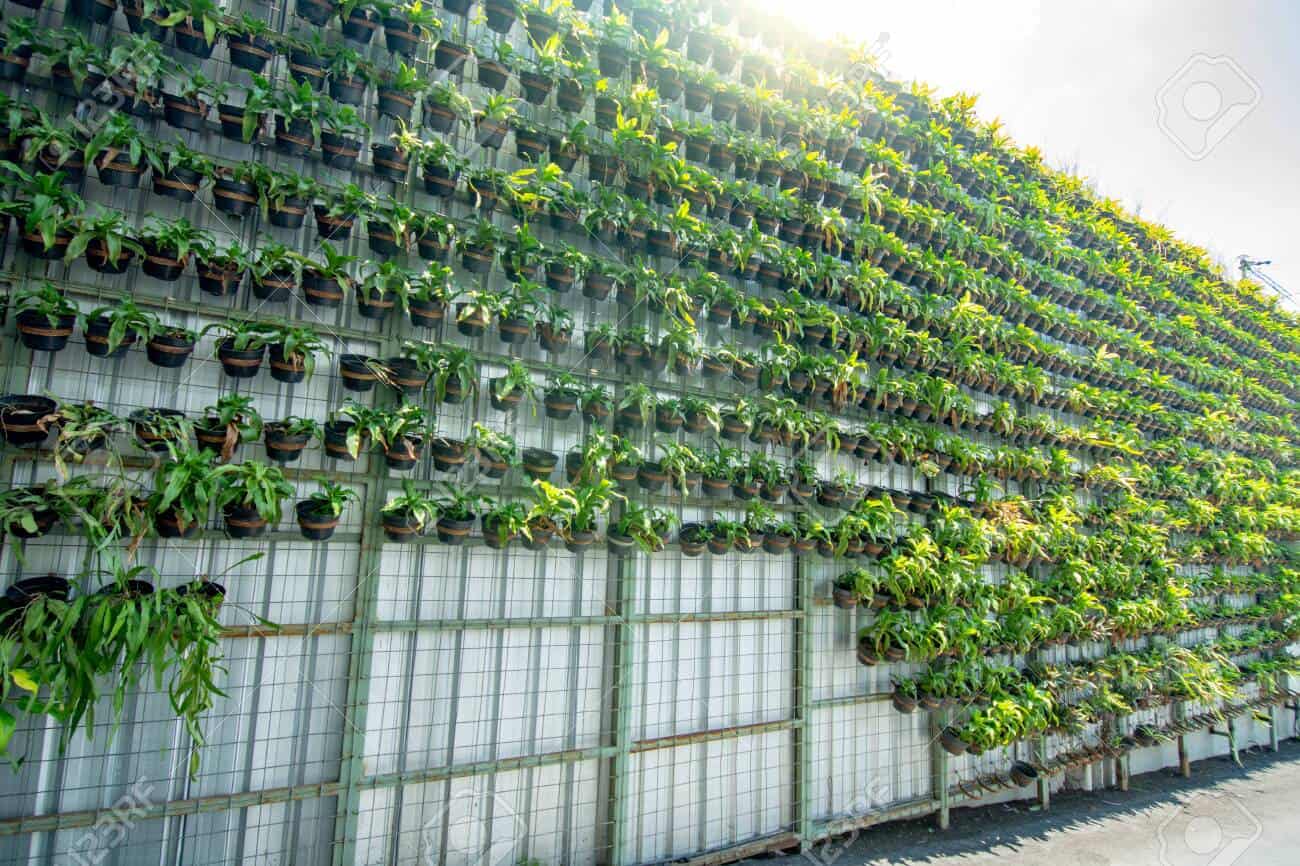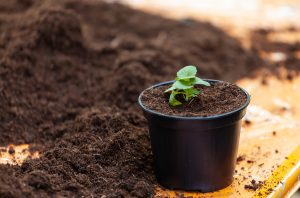Vertical Garden is a technique that is used to grow plants, commonly on a vertical suspended panel using hydroponics. The amazing thing about vertical gardening is a wonderful alternative to pot plants, especially in the office space. Potted plants also have advantages of being placed anywhere and so much more. They as well take up space and require lots of maintenance. Vertical Gardens appear beautiful; they save space and are sustainable additions to the city. Gardeners see them as an alternative to horizontal space to cover the unattractive wall.
The founder of Website “Vertical Garden Institute” Philip Yates of Singer Hill, said He learned through a lot of error and trial. He said he also used the book “Vertical Garden” by a botanist Blanc Patrick. He further said that ugly walls are always perfect to use.
Before you start Vertical gardening, you’ve to choose a wall. The good thing is that any wall is fine for Vertical gardening (not only ugly ones unless you want to build a large Vertical garden or plant trees). The plants you choose depends on the wall you pick and how it receives sunlight. However, if you would like to try a particular plant, then it is better to choose a wall that will provide the best growing conditions.
BUILD A FRAME
After you choose a wall, it is good to build a frame. The basic structure of a vertical garden wall is a three-layer sandwich made of frame, sheeting, plastic, and fabric. It is always cool to build the whole setup before hanging it. You can as well attach it directly to the wall.
Building a frame to hang on the wall makes taking it down much easier. Yates once disclosed that he uses a 3/4 inch PVC pipe, elbows, and four-way joints to build a frame. Another thing to make Vertical gardening work is never to use metal (Metal has additional expense and weight).
It is not good to use woods because the frame requires pressure treated to protect against moist rot. It won’t be good having water trapped between a wood wall and a frame. You can attach a sheet of plastic to the frame. This is because the plastic supports the fabric layer and keeps the water off the wall.
Note: You can also use a wood wall if you want to, but ensure you ventilate it behind. Ensure you attach the layer of fabric to the frame. The fabric is the material in which your plants will live and will hold water in them. Use at least two layers of fabrics: attach them directly to the frame using galvanized screws and stainless steel staples. Once the fabric is taut and secure, no wrinkles or buckling whatsoever, then you’re good to go. Attach in a way that it won’t come off, and it appears beautiful.
SET UP IRRIGATION SYSTEM
To ensure you keep plants growing on a vertical surface, you will need an irrigation system to provide moisture throughout the fabric layer. You can as well make one out of poly tubing with fittings. Perma-Loc irrigation is advisable. It is a tube across the top of the panel with emitters that drips water down. You can buy a standard irrigation dripper, but ensure you get a propagation timer that can be set for seconds rather than minutes. There’ll be a quick flow of water for 10 to 15 seconds three to six times daily. This depends on weather conditions and setup.
Attach an emitter, 2 to 3 inches along the top irrigation tube, and experiment to find the right balance between keeping the wall wet and not overwatering the plants. Use stainless steel hardware to attach the frame to the wall to avoid rusting. You can use hooks too if you think you’ll want to remove the frame. However, Brackets screwed into the wall, and the frame will do too.
Fertilizer injector and Irrigation System
To fertilize the wall, you need to attach a fertilizer injector. This is a simple irrigation valve that sends liquids fertilizer to the irrigation System. You need to hook up the irrigation system to connect to a water source. Filter the water with an irrigation water filter (It is cheap and available at hardware stores) because of runoff. One of the ways to deal with it is to plant a flower bed underneath the vertical garden.
You need to consider shades, sunlight, cool, wind, and humidity when choosing plants that will stay outside all year. If you intend to leave the garden out in winter, it is better to select plants for a cold zone. If you’re building a detachable wall and planting it with evergreens, you can try storing it in a cool, dry place during winter while the plants are dormant. Although, some plants like ferns, hostas, phlox, and blueberries are good on walls. The truth is, native plants do better than non-native.
To insert plants into the outer layer of fabric, use a razor blade to make vertical cuts. You can get much soil off the plant’s root ball to stave off root rot and insert it into a cut after that. Also, using a staple gun is no bad idea. You can use it to attach the cloth to the plastic backing in such a semicircle root ball to make a secure envelope.
PLANTS DESIGN
Give designs to your plantings; the height of a vertical garden offers many possibilities. It is also beneficial to choose plants that grow 2 to 3 feet out from the wall and plant them. When you do that, remember you’ll have plant shade-tolerant species underneath, for instance, ferns. Also, a plant with 8 feet off the ground will droop, though it gives a nice waterfall effect and smothers the underneath and whatever is.
If you plant in vertical strips, it is good to use green shade plants and sun-loving flowers. This will increase the aesthetics of the vertical garden and make your vertical garden jaw-dropping. Ensure you create a vertical garden that will make people wowed.




